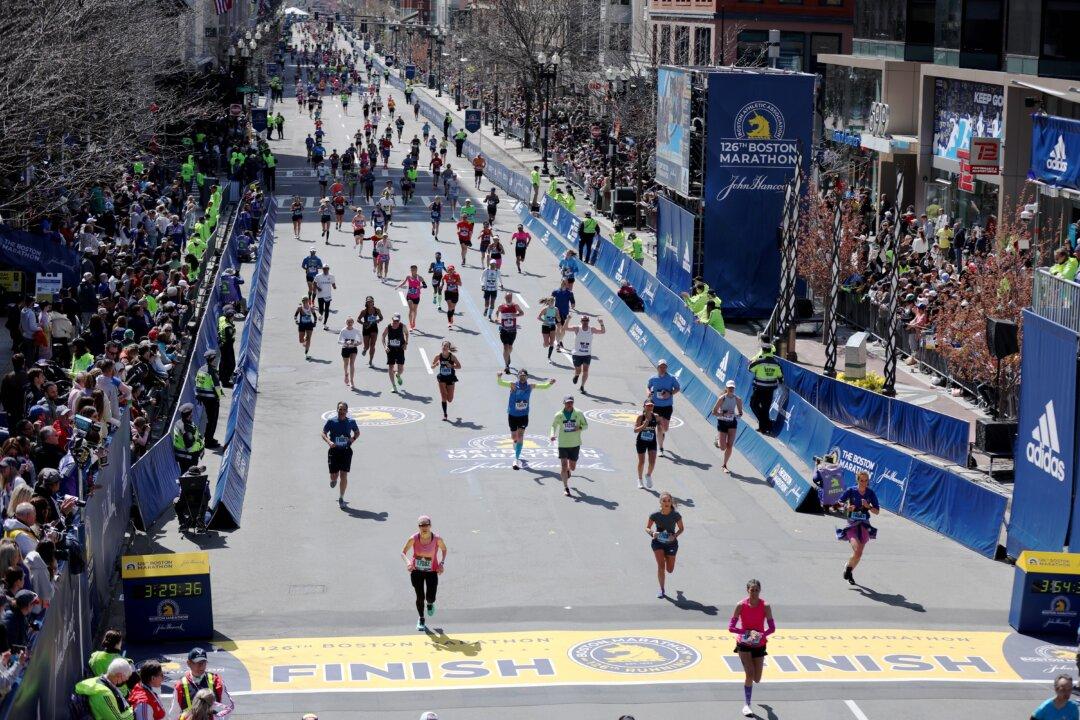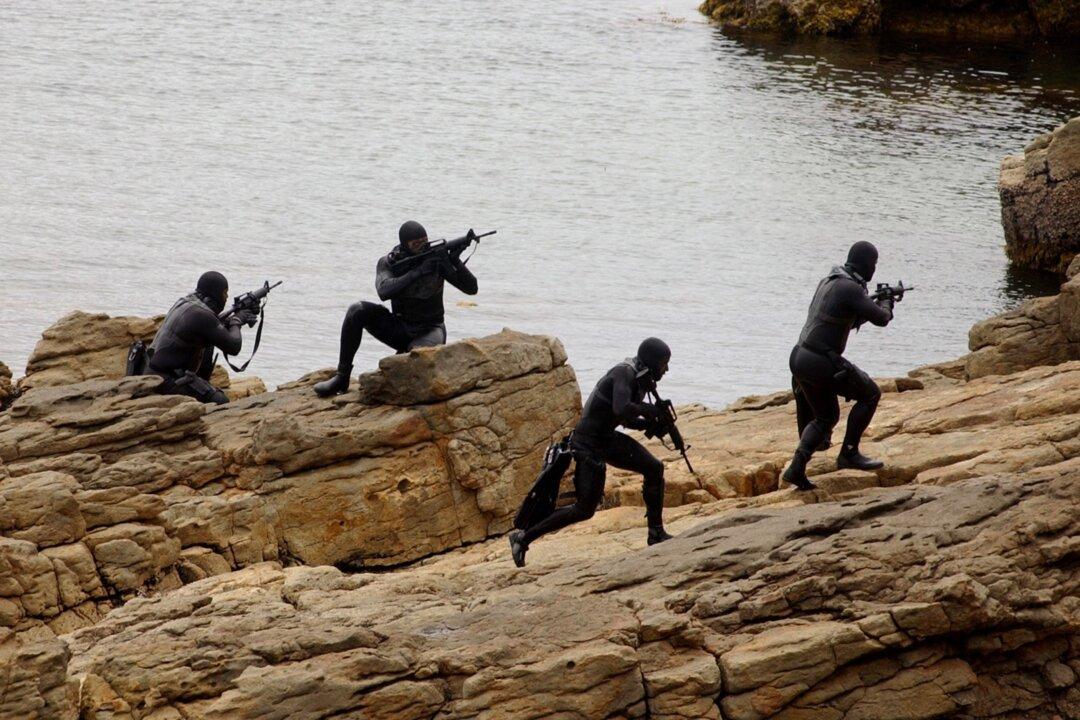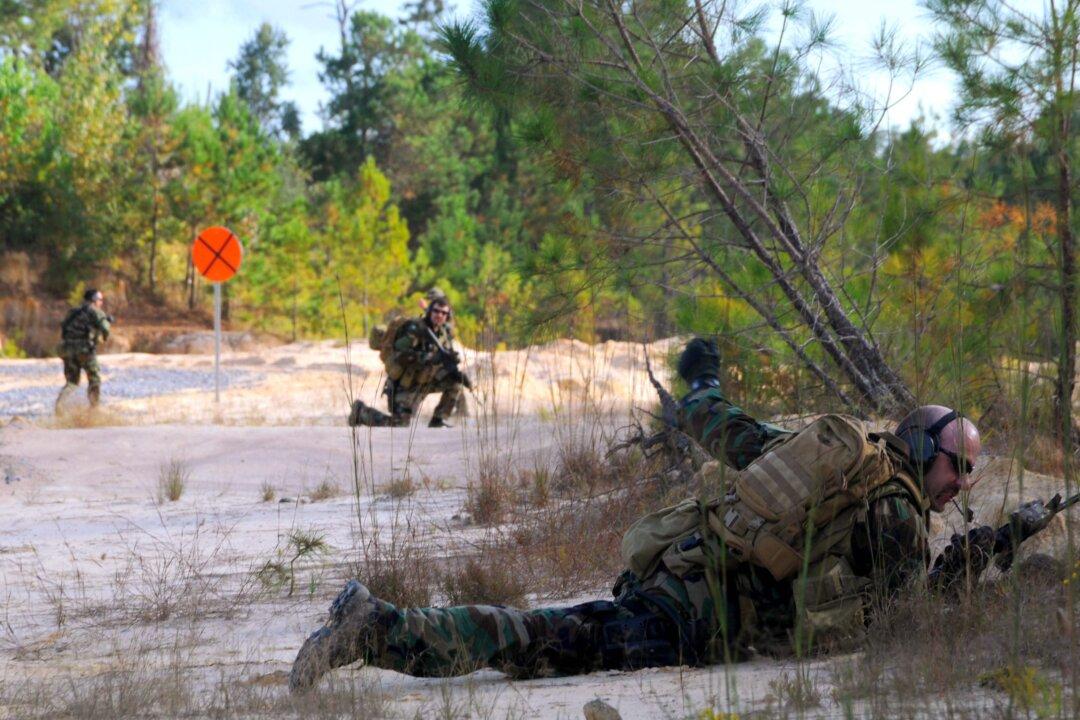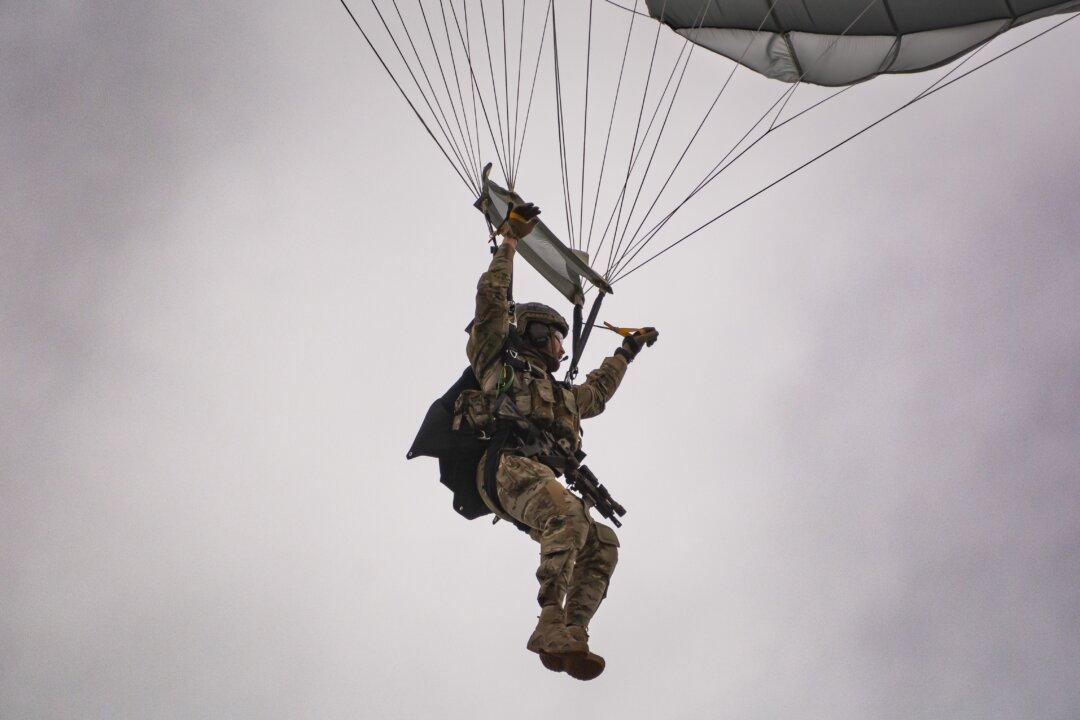The idea of setting micro-goals to achieve macro-goals is an important part of learning to push beyond our own boundaries. In fact, those micro-goals are the initial steps that start us along the path towards getting to wherever it is we want to go. Identifying what those smaller goals are also helps us to formulate a plan. In a sense, they are the building blocks towards achievement.
I first realized the importance of setting micro- and macro-goals when I was a teenager. At the time, I had one foot in the grave and the other on slick ice, constantly getting into scrapes with the law and lacking any kind of direction whatsoever. I was headed no- where fast and my prospects for the future weren’t great.
I didn’t know it at the time, but that all changed the day I went for that fateful run with my friend Dave Kelleher. I was so proud that I was running with my good friend and hero. He was a champion and I wanted to be a champion just like him. We both were approximately the same age, body weight, height etc., but he was a pro and I was just a novice, but I knew that if I trained like him, I’d become a better rider.
After our first lap, I was feeling really uncomfortable, I did not enjoy running at all and I hoped that somehow the other laps were not going to be quite as miserable. After all, I was a non-runner and had no idea what I was getting myself into. Mile two was worse, and that was followed by mile three, which was when I simply gave up. I was too uncomfortable and too tired to continue. I felt bad for myself and I quit just three miles in.
I watched Dave run, lap after lap, each mile he looked more uncomfortable, but he was focused and was pushing himself. That was when I discovered the difference between someone who just settles for where they are in life and someone who is successful. He pushed himself hard and did not lose focus. When things got tough and I was out of my element, I looked for an easy way out.
After that miserable performance, Dave told me that if I wanted to get serious about being a pro motocross rider, I needed to start training and get myself into better shape. He recommended I take up running a few times a week and maybe even train for a running race.
At the time, I wasn’t even aware that there were running races. My first thought, was how boring—a running race. That doesn’t seem nearly as exciting as riding a motorcycle.
I asked Dave when the next race was. He told me, somewhat jokingly, that the Boston Marathon was just a few months away.
“Boston Marathon?” I asked. “How long is that?”
“It’s 26.2 miles,” Dave answered.
I looked at him incredulously. “26.2 miles? No one runs that far.” Dave assured me that there were thousands of people who could do just that, with many of them competing in marathons all over the country. He recommended I pick up a copy of The Complete Book of Running (1977) by Jim Fixx to help broaden my knowledge on the subject.
It wasn’t long before I managed to track down a copy and started to absorb everything I could from it. I read about the Boston Marathon, which was the same race that Dave had mentioned to me. I also read about all kinds of interesting people who run long distances, including young people, old people, and handicapped people. It seems that people from pretty much all walks of life liked to run and competed in a variety of races on a regular basis. I asked myself, if they could do it, why couldn’t I?
It was about then that I set a macro-goal of finishing the Boston Marathon that year without stopping to walk or take a break. In order to get that point with my conditioning, I knew that I would have to start training and competing in other races first. I set micro-goals of running 5Ks, 10Ks, and 10-mile races, each at a faster pace. In this way, I slowly went from a guy who quit after jogging just three miles, to someone who was easily able to cover that distance—and a lot farther—at a respectable pace.
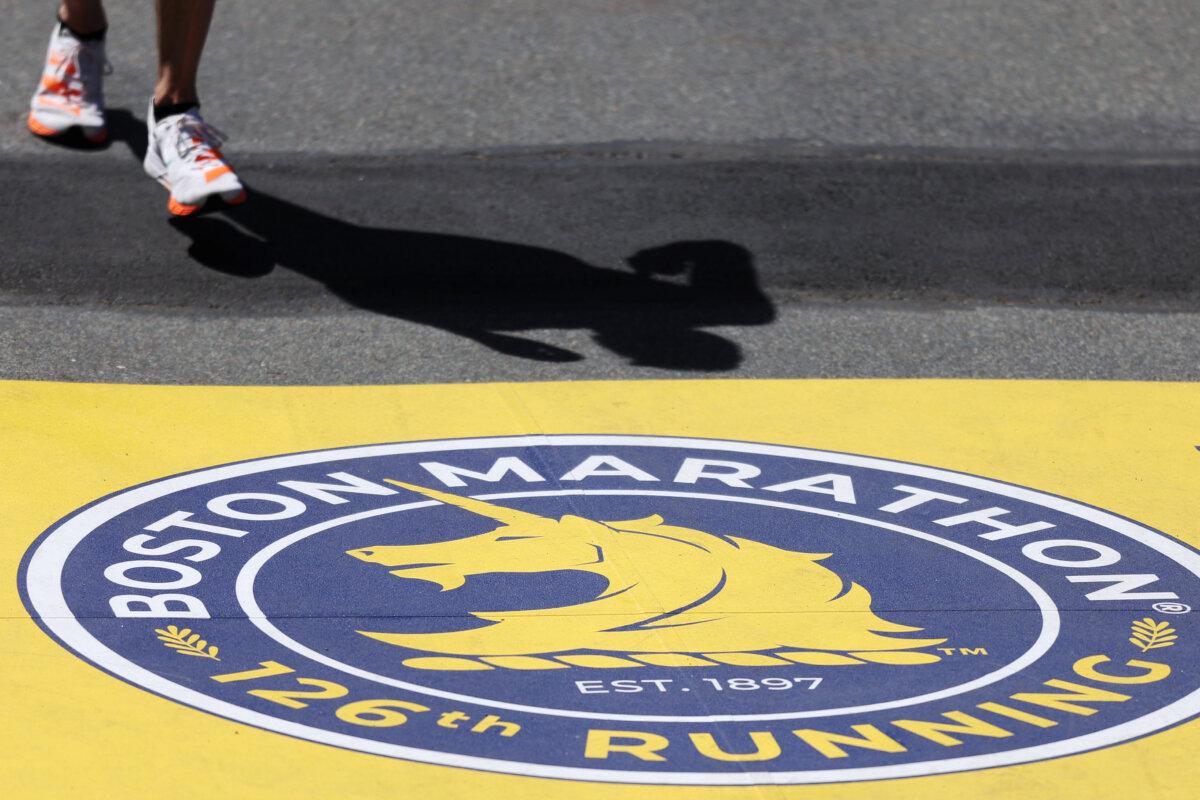
Finishing Boston hurt a lot but I didn’t stop once along the way and managed to cross the finish line with a time of 3:44. It was a solid effort for my first full marathon, but I knew I could do better. This led directly to my next macro-goal, which was to run my next marathon at an even faster pace. With the focus of my training shifting towards speed, I was able to shave significant time off my pace, and within three years I was able to get my time down to 2:49.
Having conquered the marathon, my micro- and macro-goals shifted once again. Now, running a twenty-six-mile race was no longer challenging enough, reducing it to micro-goal status. In its place, I turned my attention to running fifty-mile and 100K ultramarathons instead, making that my macro objective. And when that was achieved I moved onto a new macro-goal of competing in Ironman triathlons, double-Ironman races, and multi-day adventure races, too.
My new goal-setting philosophy was working extremely well and I was achieving things I never thought possible. My confidence level was soaring, and it got to the point that if I didn’t claim a podium spot (finishing first, second, or third), I was disappointed in my effort. Setting smaller, more achievable goals, was proving to be the stepping stones I needed to get to my larger ones. The formula was simple, yet effective. All I knew was that I couldn’t lose focus on that macro-goal if I actually wanted to achieve it.
When first developing this process I quickly realized that our micro-goals need to be achievable and they should naturally build into the macro-goals we’ve set for ourselves. In this way, we’re constantly making progress towards whatever it is we want to achieve, and the skills and conditioning that we pick up along the way are useful for helping us to get there.
How does this work exactly? Let’s say that you’re a beginning runner and your macro-goal is to eventually run a marathon. At first, that will sound incredibly daunting, especially when jogging just a couple of miles seems really painful and difficult. But by setting a micro-goal of running two miles every day for several days in row, you’ve given yourself a challenge that is tough, but not unobtainable.
When you first begin training you’ll feel slow, ponderous, and even uncomfortable at times. Your legs will be sore, your lungs will gasp for air, and you’ll probably be asking yourself why you ever took up running in the first place. There will almost certainly be times when you’ll want to quit. But if you refuse to give in, stay consistent with your training, and push through those moments when you just want to stop, you will become stronger and faster.
Before long, you’ll be able to comfortably run those two miles without stopping. Your body will grow accustomed to the workouts and that distance won’t seem all that far any longer. It is then that you’ll want to set a new micro-goal of running three or four miles instead. The point is to make sure that the new goal remains a challenge, yet one that is still within your reach. And when that goal has been attained, raise the bar even higher, covering the same distance at a faster pace or pushing yourself to run longer distances as you inch your way towards that marathon.
You don’t have to be a runner to see the value of this process, as it can be used to achieve just about anything in life. Whether you’re looking to climb a mountain, become a better student, launch some personal project, or succeed in business, identifying your ultimate goal and visualizing the steps you need to get there, is one of the keys to success. Here, I’m simply using sports as an analogy for other areas of your life, but the concept remains the same no matter where you apply it.
(To be continued...)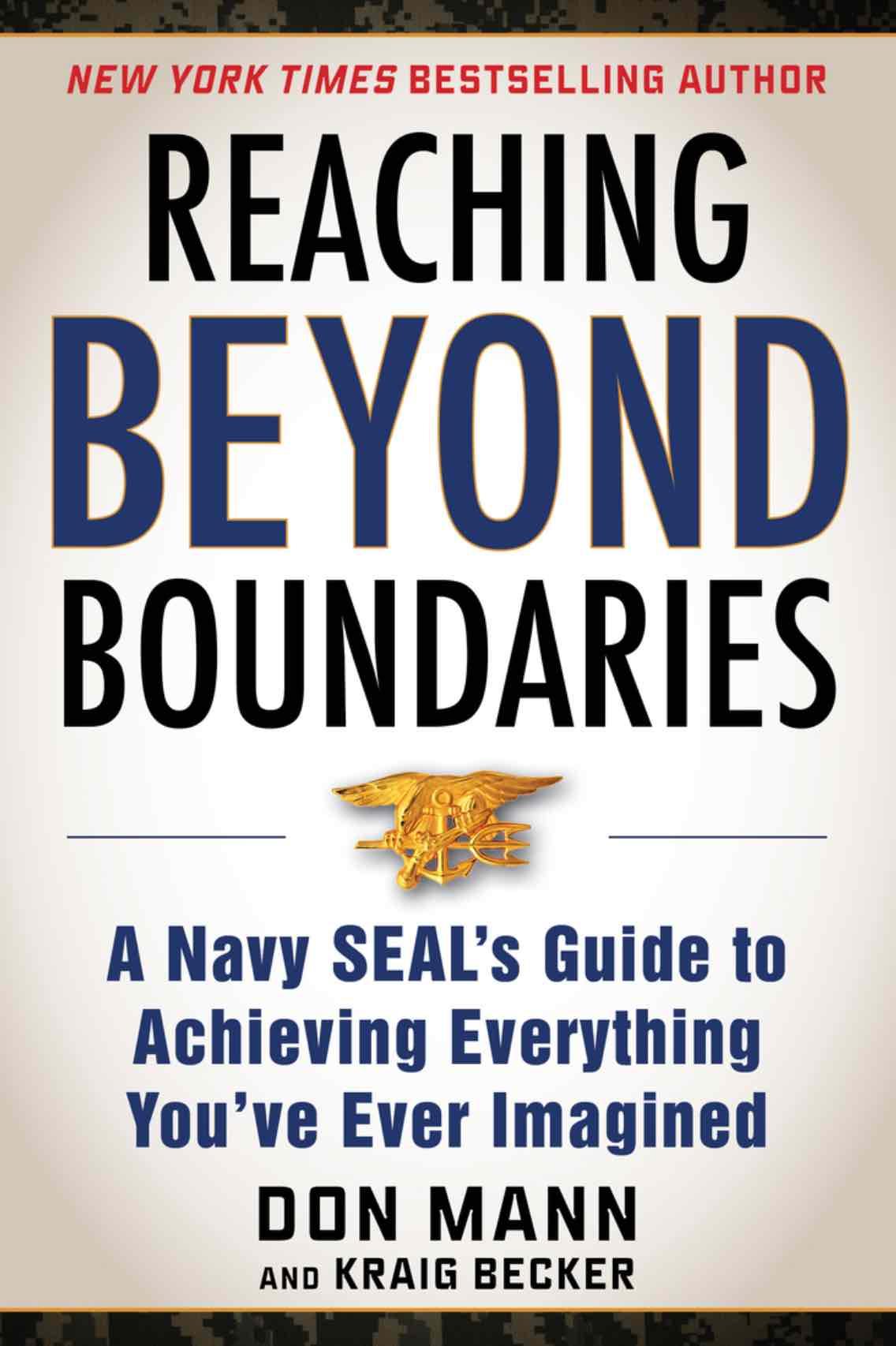 This excerpt is taken from “Reaching Beyond Boundaries: A Navy SEAL’s Guide to Achieving Everything You’ve Ever Imagined” by Don Mann and Kraig Becker.
To read other articles of this book, click here.
To buy this book, click here.
This excerpt is taken from “Reaching Beyond Boundaries: A Navy SEAL’s Guide to Achieving Everything You’ve Ever Imagined” by Don Mann and Kraig Becker.
To read other articles of this book, click here.
To buy this book, click here.
The Epoch Times copyright © 2023. The views and opinions expressed are those of the authors. They are meant for general informational purposes only and should not be construed or interpreted as a recommendation or solicitation. The Epoch Times does not provide investment, tax, legal, financial planning, estate planning, or any other personal finance advice. The Epoch Times holds no liability for the accuracy or timeliness of the information provided.

